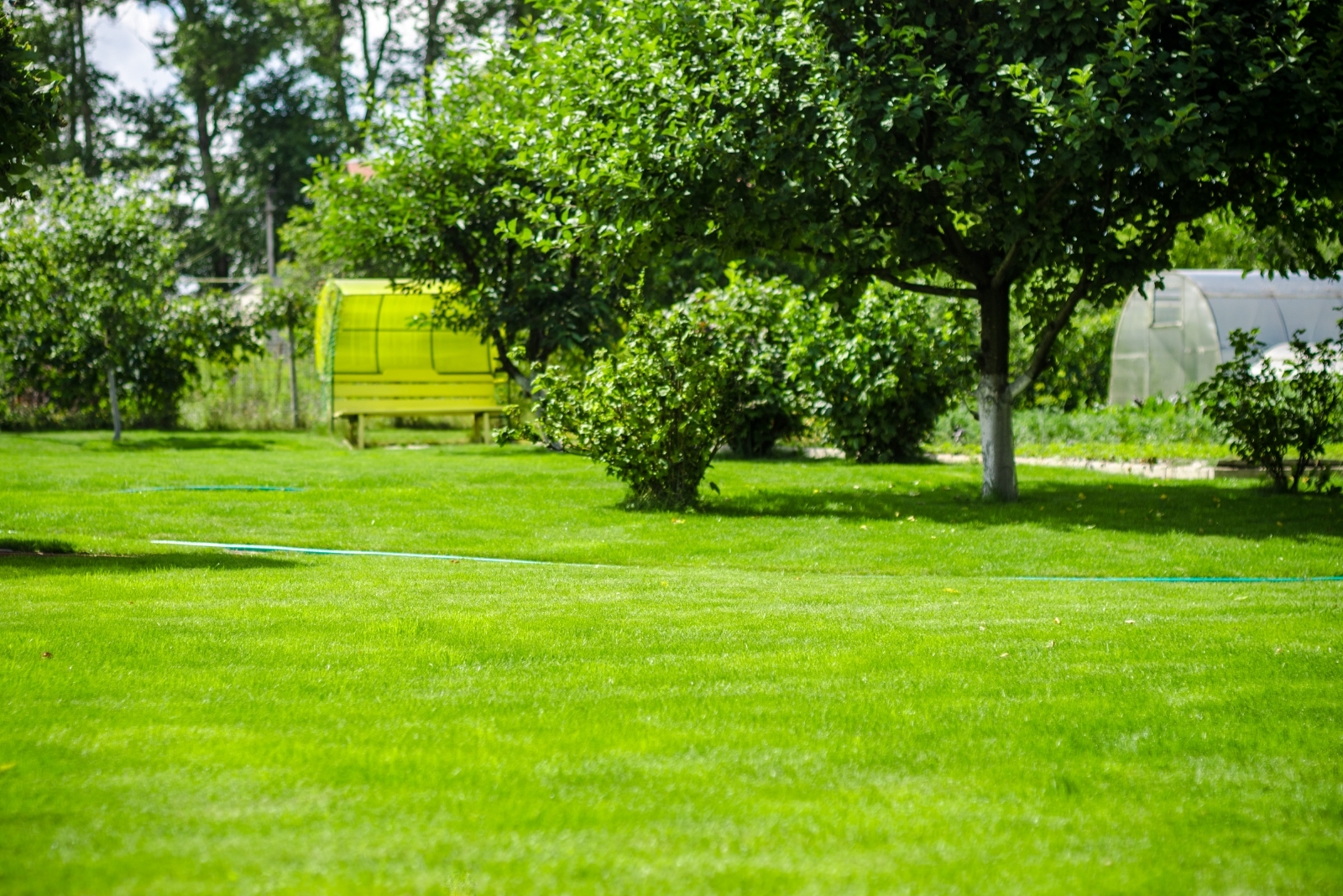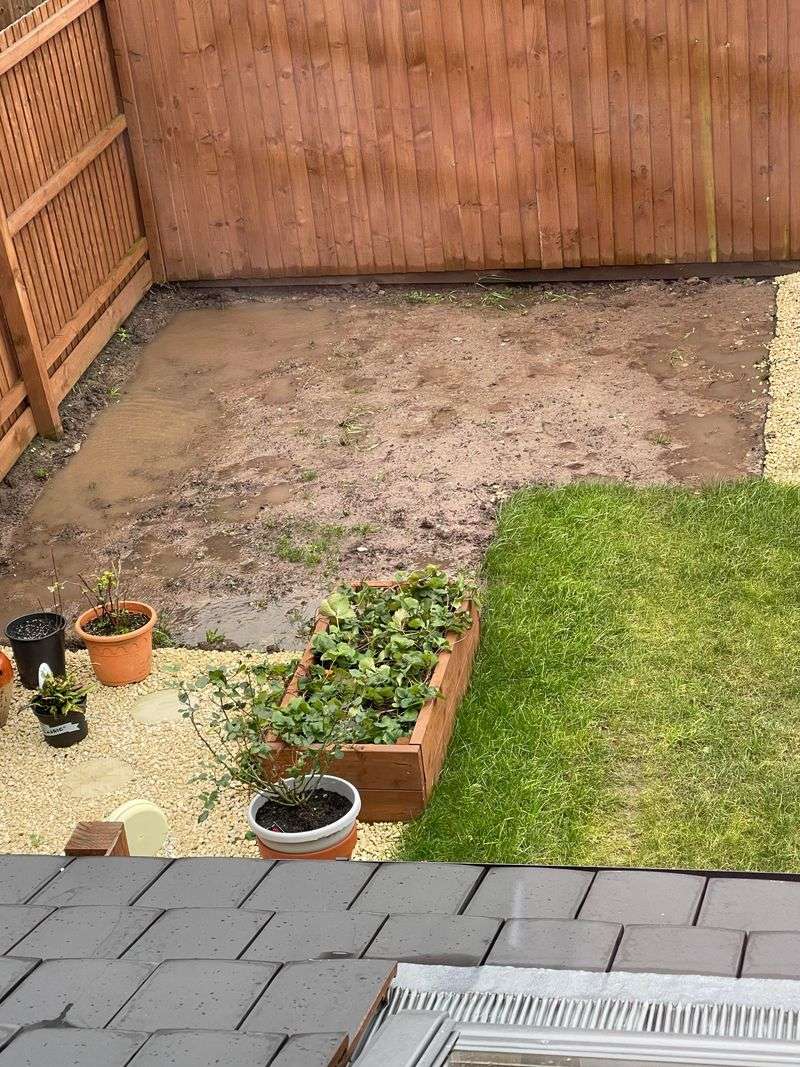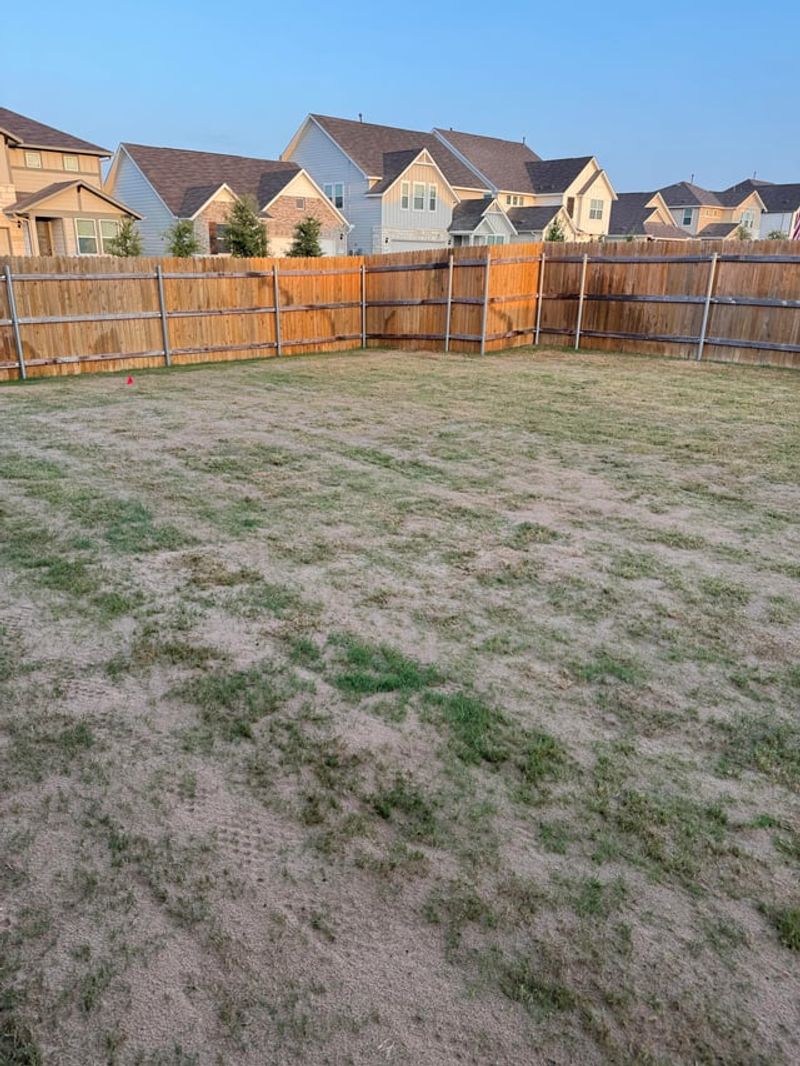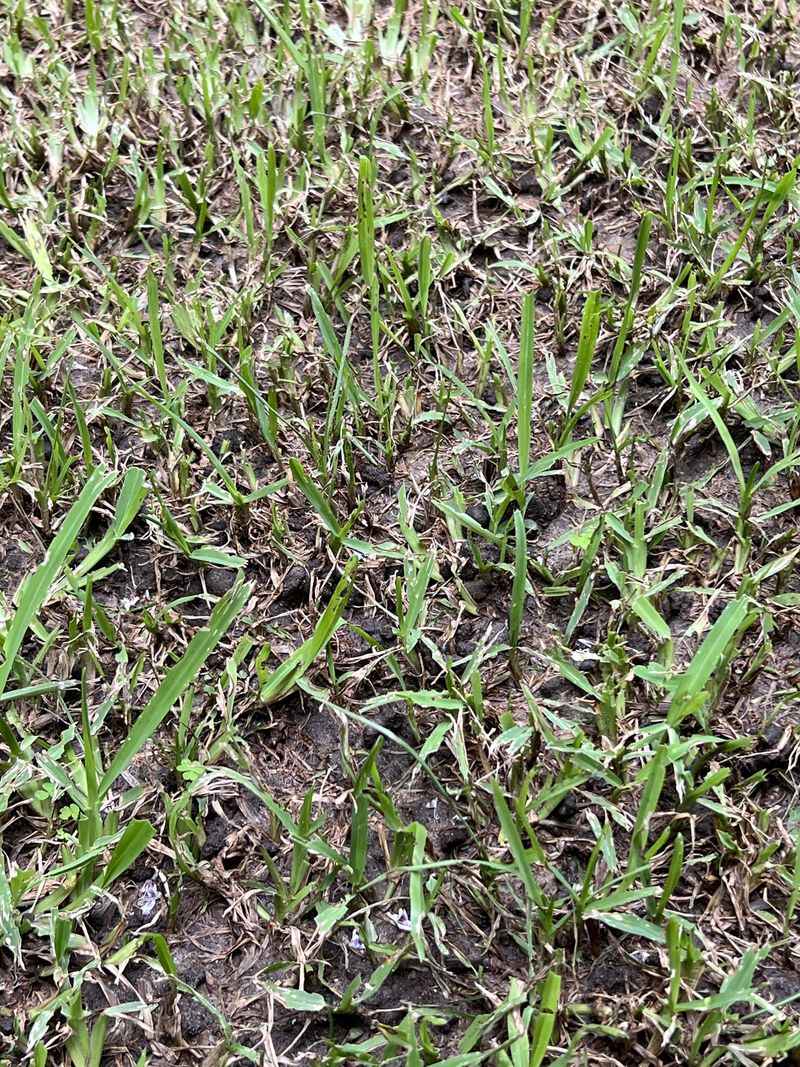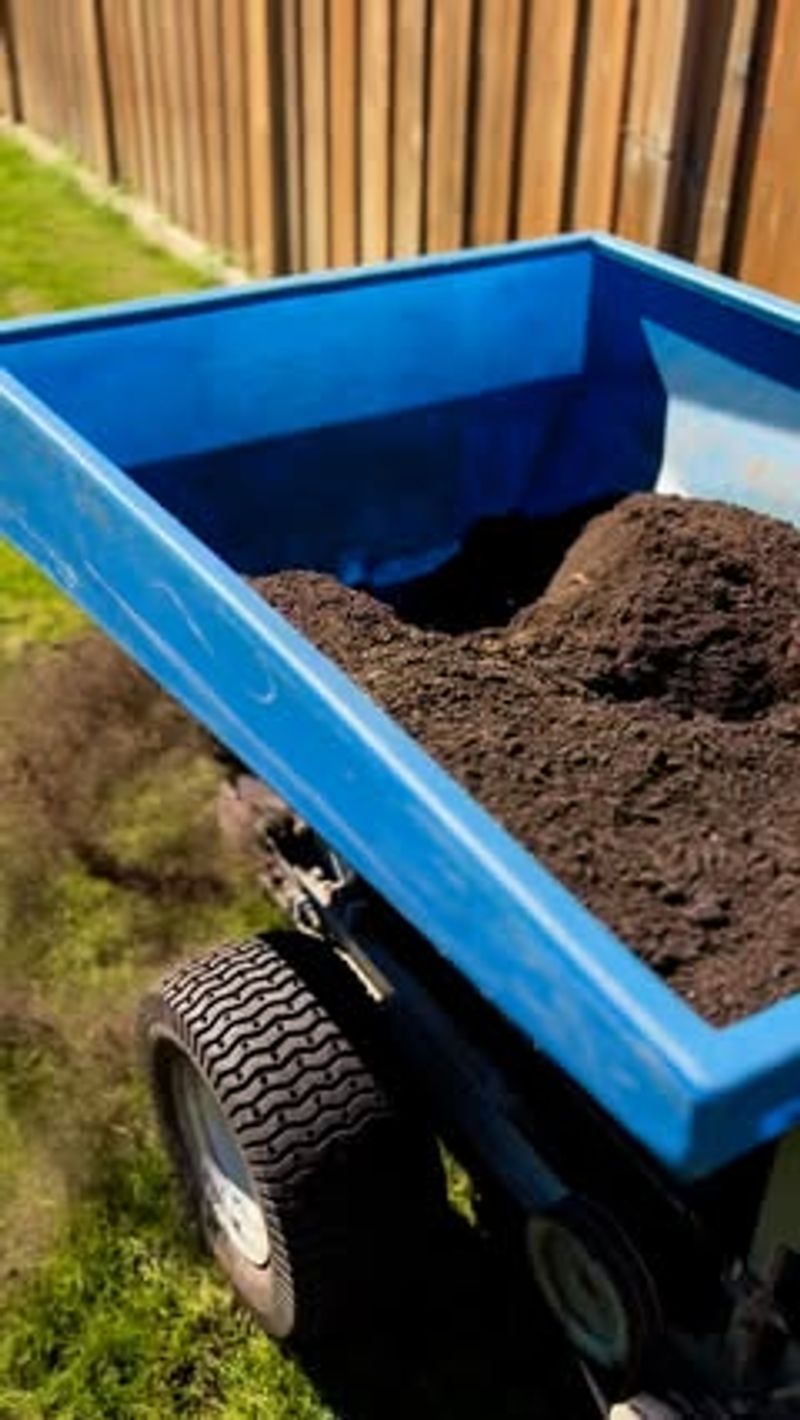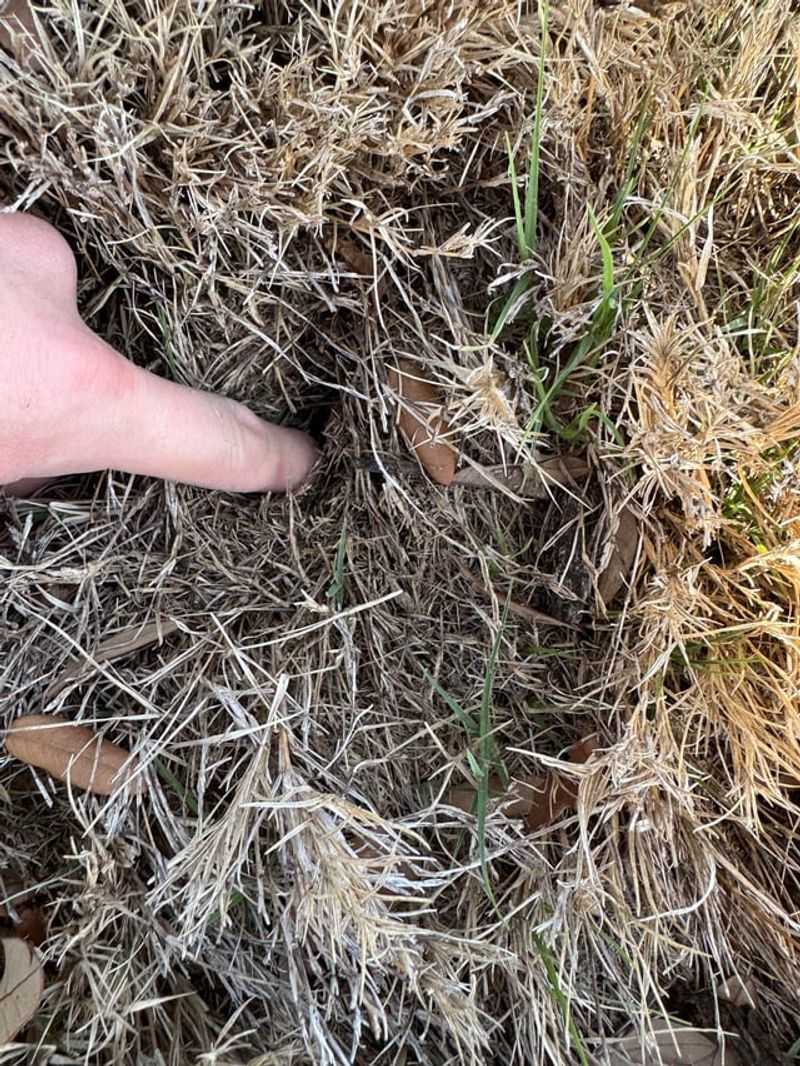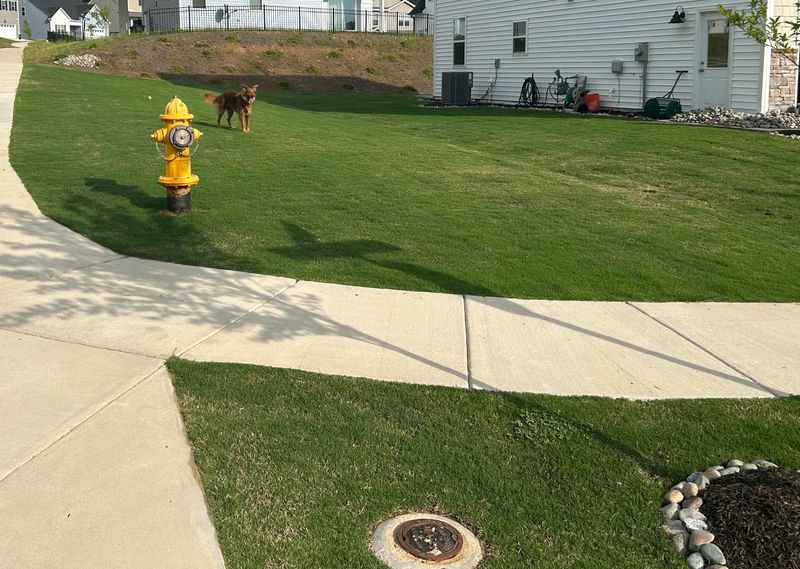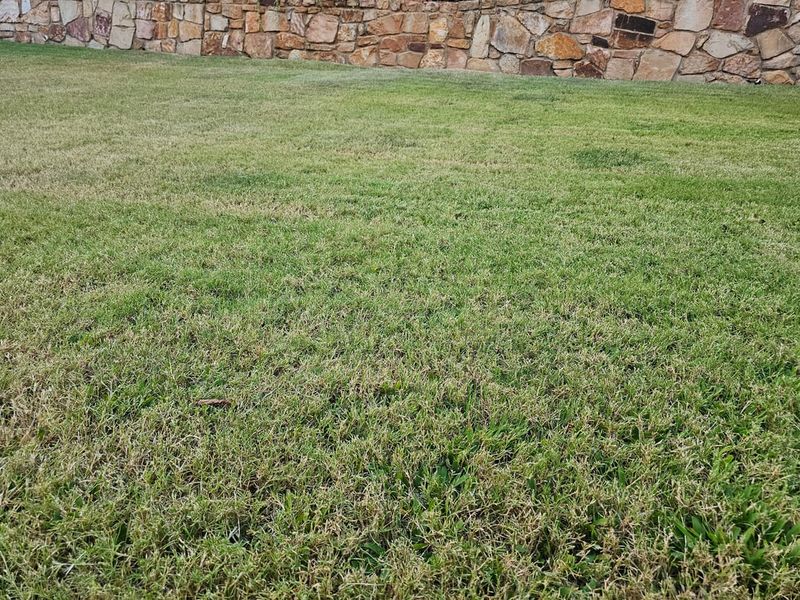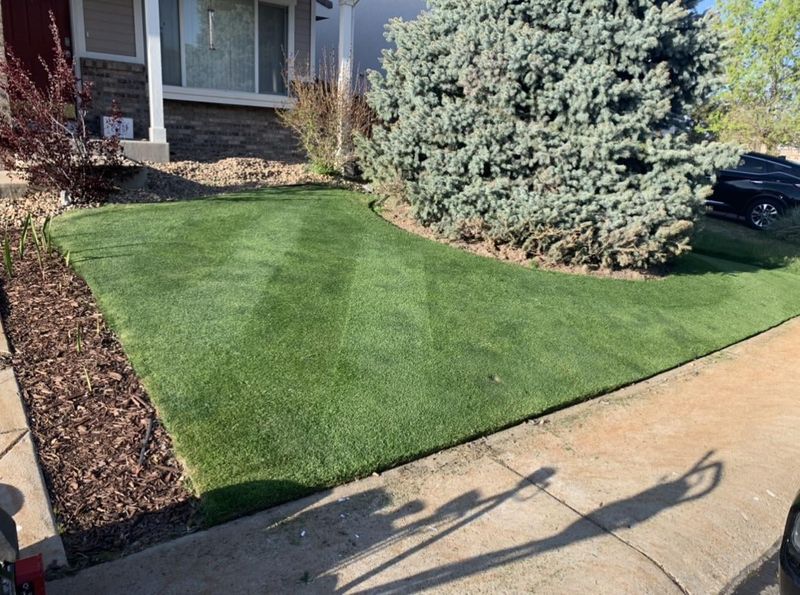Texas lawns face unique challenges, and bare patches are a common frustration. Sand can be a surprisingly effective solution when used the right way.
It improves soil structure, drainage, and overall lawn health. Here are 8 reasons Texas gardeners turn to sand for patch repair.
1. Improves Soil Drainage
Clay-heavy soil in Texas loves to trap water and suffocate grass roots. Mixing sand into your bare patches breaks up that dense clay and lets water flow through properly. Your grass roots can finally breathe and grow stronger.
Folks in Houston and Dallas deal with heavy clay all the time. Sand creates tiny air pockets that prevent waterlogging and root rot.
2. Levels Uneven Ground
Nobody wants a bumpy lawn that looks like a miniature mountain range. Sand fills in low spots and creates a smooth, even surface for new grass seed to settle. It’s way easier to spread than heavy topsoil too.
Texas homeowners love using sand for quick leveling projects. Just rake it evenly across bare patches, and you’ve got a perfect seedbed ready to go.
3. Prevents Soil Compaction
Compacted soil is like concrete for grass roots—nothing can grow through it. Sand keeps the soil loose and fluffy so roots can spread easily. Hard-packed dirt is a common problem after heavy foot traffic or equipment use.
Adding sand to bare spots in Texas yards prevents future compaction issues. Roots push through sandy soil effortlessly, leading to thicker, healthier grass growth over time.
4. Enhances Seed Germination
Grass seeds need consistent moisture and good contact with soil to sprout. Sand holds just enough water without drowning the seeds, creating ideal germination conditions. It also warms up faster in spring than clay soil does.
Texas gardeners notice faster sprouting when they mix sand with seed. The gritty texture keeps seeds in place during watering instead of washing away completely.
5. Reduces Thatch Buildup
Thatch is that nasty layer of dead grass that chokes out new growth. Sandy soil encourages beneficial microbes that break down organic matter naturally. Less thatch means healthier grass and fewer bare spots forming later.
Lawns across Texas benefit from sand’s ability to promote decomposition. A thin, well-draining soil structure keeps thatch from piling up and smothering your grass over time.
6. Withstands Heat Stress
Texas summers are brutal, and grass struggles to survive scorching temperatures. Sand-amended soil stays cooler than pure clay because it doesn’t retain as much heat. Roots stay protected even during those 100-degree days.
Your lawn recovers faster from heat damage when sand is present. Better drainage also means roots access water more efficiently during dry spells common throughout the state.
7. Encourages Root Development
Strong roots equal strong grass, and sand gives roots room to stretch out. Unlike heavy clay that restricts growth, sandy soil lets roots dive deep and spread wide. Deeper roots mean your grass can handle drought and traffic better.
Homeowners in Austin and San Antonio see dramatic improvements after adding sand. Bare patches fill in faster because roots establish quickly in the loose, breathable soil structure.
8. Cost-Effective Solution
Why spend a fortune on fancy soil amendments when sand does the job? It’s cheap, widely available at any garden center, and you don’t need much to see results. A few bags can transform multiple bare patches without breaking the bank.
Texas landscapers recommend sand as a budget-friendly repair option. Mix it with compost for extra nutrients, and you’ve got an affordable solution that actually works long-term.

